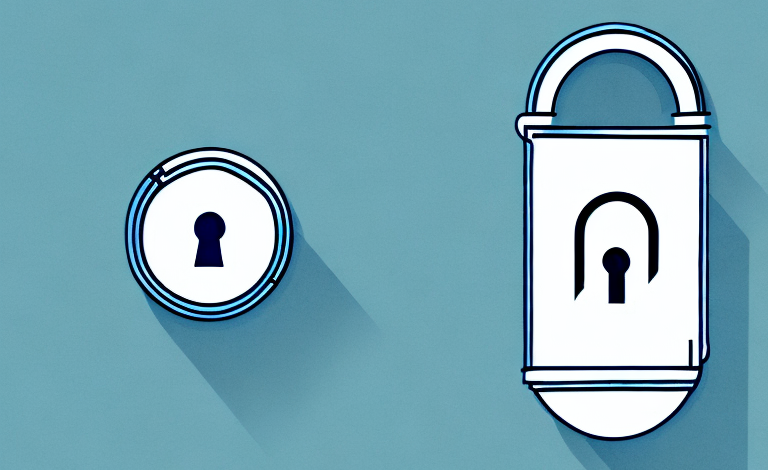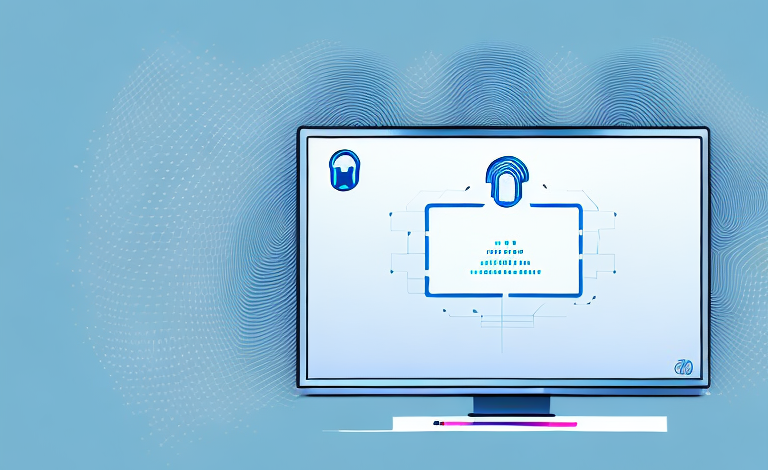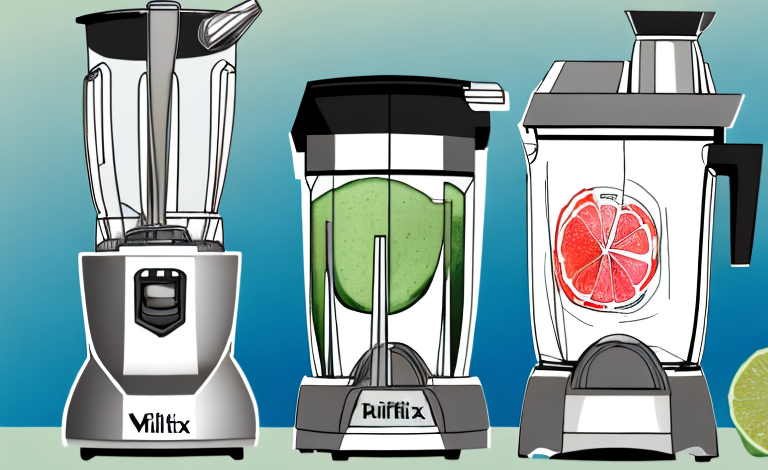Smart locks are a relatively new addition to the security market, and as such, they have been the focus of much scrutiny and debate. One of the most significant concerns that homeowners have expressed is whether smart locks are easier to break into than traditional locks. In this article, we will explore the various aspects of smart locks that contribute to their security and vulnerabilities, and provide tips on how to select, install, and troubleshoot your smart lock to minimize the risk of hacking attempts.
Why smart locks are becoming more popular
Smart locks offer a level of convenience and flexibility that traditional locks cannot match. They enable homeowners to control access to their homes remotely, and to grant temporary access to guests or service providers without having to be physically present. Smart locks can be integrated with other home automation systems, such as security cameras and smart lights, to create a comprehensive home security system that can be managed from a single app. Moreover, smart locks eliminate the need for physical keys, which can be lost or stolen, making it more challenging for criminals to gain unauthorized entry into your home.
Another reason why smart locks are becoming more popular is their compatibility with voice assistants such as Amazon Alexa and Google Assistant. With voice commands, homeowners can lock and unlock their doors without having to physically interact with the lock or their phone. This feature is especially useful for individuals with disabilities or those who have their hands full with groceries or other items. Additionally, smart locks can provide valuable data on who is entering and leaving the home, which can be useful for keeping track of children or monitoring the activity of service providers.
What are the different types of smart locks?
There are several types of smart locks available on the market, each with its distinct features and specifications. Some of the most common smart locks are:
- Keyless entry locks that use a PIN code or biometric authentication (fingerprint, face recognition) to unlock the door
- Bluetooth and Wi-Fi enabled locks that can be unlocked from a smartphone app
- Smart locks that integrate with home automation systems, such as Amazon Alexa or Google Assistant
Another type of smart lock is the remote-controlled lock, which allows you to lock and unlock your door from anywhere using a mobile app or a web browser. This type of lock is particularly useful for people who frequently forget to lock their doors or need to grant access to their homes to others while they are away.
Some smart locks also come with additional security features, such as tamper detection, which alerts you if someone tries to break into your home, and auto-locking, which automatically locks the door after a certain period of time to ensure that your home is always secure.
The pros and cons of using a smart lock
Like any technology, smart locks have their advantages and disadvantages. On the one hand, they offer greater control and convenience, reduce the risk of lost or stolen keys, and can be integrated with other home automation systems. On the other hand, they depend on technology that can fail or be hacked, and require a power source (e.g., batteries) to function, which can run out unexpectedly. Smart locks are also generally more expensive than traditional locks, and their installation and maintenance may require professional assistance.
Another advantage of smart locks is that they can provide greater security than traditional locks. Many smart locks have features such as biometric authentication, which can prevent unauthorized access. Additionally, some smart locks can send alerts to your phone when someone enters or exits your home, allowing you to monitor activity and detect any suspicious behavior.
However, one potential disadvantage of smart locks is that they may not be compatible with all types of doors or locks. Before purchasing a smart lock, it is important to ensure that it will work with your existing hardware. Additionally, some people may be uncomfortable with the idea of relying on technology to secure their home, and may prefer the simplicity and reliability of a traditional lock and key.
How do smart locks work?
Smart locks use a variety of technologies to enable remote access and control of the lock. Some locks use Bluetooth or Wi-Fi signals to communicate with a smartphone app or a central hub, while others rely on a built-in keypad or biometric authentication to grant access. Smart locks typically require a power source, such as batteries or a wired connection, to operate, and may offer additional security features, such as alarm systems or tamper detection, to deter intruders.
One of the benefits of smart locks is that they can be easily integrated into a smart home system, allowing for seamless control of multiple devices from a single app or hub. Additionally, some smart locks offer the ability to create temporary access codes or grant access remotely, making it easy to provide access to guests or service providers without having to physically be present to let them in.
However, it is important to note that smart locks are not foolproof and can still be vulnerable to hacking or other security breaches. It is important to choose a reputable brand and follow best practices for securing your smart home devices, such as using strong passwords and keeping software up to date.
The security features of smart locks
Smart locks come with a range of security features that enhance their functionality and protect against hacking attempts. Some of the most common security features include:
- Encryption and two-factor authentication to prevent unauthorized access to the lock
- Activity logs that record all lock activity and alert the homeowner to any suspicious activity or attempts to tamper with the lock
- Lockout modes that prevent multiple incorrect attempts to enter the access code, temporarily disabling the keypad or lock until a reset code is entered
- Visual or audible alarms that go off if someone tries to force the lock or tamper with the lock mechanism
Another important security feature of smart locks is the ability to grant temporary access to guests or service providers. Homeowners can set up temporary access codes that expire after a certain period of time, ensuring that only authorized individuals can enter the home. Additionally, some smart locks offer geofencing capabilities, which allow the lock to automatically unlock when the homeowner is within a certain distance from the home, and lock when they leave the area.
Smart locks also offer remote access capabilities, allowing homeowners to control the lock from anywhere using their smartphone or other internet-connected device. This feature can be particularly useful for those who frequently travel or have rental properties, as it allows them to grant access to guests or service providers without having to be physically present at the property.
Common vulnerabilities in smart locks
Despite the various security features that smart locks offer, they are not infallible and are vulnerable to various hacking attempts. Some of the most common vulnerabilities in smart locks include:
- Weak or predictable passwords that can be easily guessed by hackers or brute-force attacks
- Unencrypted or poorly protected communication between the lock and the smartphone app or central hub, making it easier to intercept or spoof the signal
- Outdated software or firmware that has known security flaws or vulnerabilities
Can hackers break into smart locks?
The short answer is yes; hackers can break into smart locks, just as they can with any digital system. However, the likelihood of a successful attack depends on various factors, such as the lock’s security features, the hacker’s skills and resources, and the homeowner’s diligence in protecting their network and devices from malware or other cyber threats. It’s essential to understand the risks and take appropriate precautions to minimize the risk of a successful hacking attempt.
How to protect your home from smart lock hacking attempts
To protect your home from smart lock hacking attempts, it’s crucial to follow these best practices:
- Choose a strong, unique password or PIN code for your smart lock, and avoid reusing the same password for multiple accounts
- Enable two-factor authentication or other encryption methods to protect your data and prevent unauthorized access to your lock
- Update your lock’s software or firmware regularly to ensure that any known security flaws or vulnerabilities are fixed
- Be wary of suspicious emails, messages, or downloads that may contain malware or phishing scams designed to steal your personal information or access codes.
- Use antivirus software and firewalls to protect your home network and devices from external threats
Tips for selecting the best smart lock for your home
When selecting a smart lock for your home, consider these factors:
- Compatibility with your existing door and lock mechanism
- The type of access control method you prefer (e.g., PIN codes, fingerprint scans)
- The level of security and encryption the lock offers
- The price and maintenance costs of the lock over time
- The lock’s warranty and customer support
Smart lock installation guide
Installing a smart lock typically requires some technical knowledge and may require professional assistance, depending on the type of lock and the complexity of the installation. When installing a smart lock, follow these steps:
- Read and follow the manufacturer’s instructions carefully
- Ensure that your door and lock mechanism are compatible with the smart lock
- Remove the existing lock and replace it with the smart lock
- Connect the lock to a power source and a Wi-Fi or Bluetooth network, if applicable
- Install the appropriate smartphone app or other software to manage the lock’s settings and access control
Smart lock maintenance tips
To ensure that your smart lock functions optimally and remains secure, follow these maintenance tips:
- Check the battery levels regularly and replace them as needed
- Test the lock periodically to ensure that it is functioning correctly
- Update the lock’s software or firmware when prompted to by the manufacturer
- Clean the lock regularly and keep it free from debris or obstructions
- Be cautious when sharing access codes, and revoke them immediately when they are no longer needed
Comparing traditional vs. smart lock security
While both traditional and smart locks offer some level of security, there are significant differences between the two. Traditional locks rely on mechanical mechanisms that can be picked or bumped by skilled burglars or thieves. Additionally, traditional locks require a physical key, which can be lost or stolen, providing easy access to an intruder. Smart locks, on the other hand, offer various security features that make it more challenging for intruders to gain unauthorized access, such as encryption, tamper detection, and alarms. In general, smart locks are considered to be more secure than traditional locks.
How to troubleshoot common issues with your smart lock
If you encounter any issues with your smart lock, follow these troubleshooting steps:
- Check the battery levels and replace them if necessary
- Ensure that your phone is connected to the same Wi-Fi or Bluetooth network as the lock
- Restart the lock or the smartphone app
- Reset the lock to its factory settings and start over
- Contact the manufacturer’s customer support for assistance
Future innovations in the world of smart locks
As technology continues to evolve, we can expect to see new and innovative features on smart locks that enhance their functionality and security. Some of the future developments in smart lock technology may include:
- Improved biometric authentication methods, such as voice recognition or gait analysis
- Integration with other home automation systems, such as smart thermostats or security cameras
- Use of blockchain technology or other decentralized security protocols to enhance encryption and prevent unauthorized access
In conclusion, while smart locks offer a level of convenience and security that traditional locks cannot match, they are not immune to hacking attempts or other vulnerabilities. By following the best practices outlined in this article and selecting a high-quality, reputable smart lock, you can minimize the risk of a successful intrusion and enjoy the benefits of a safer and more comfortable home environment.



